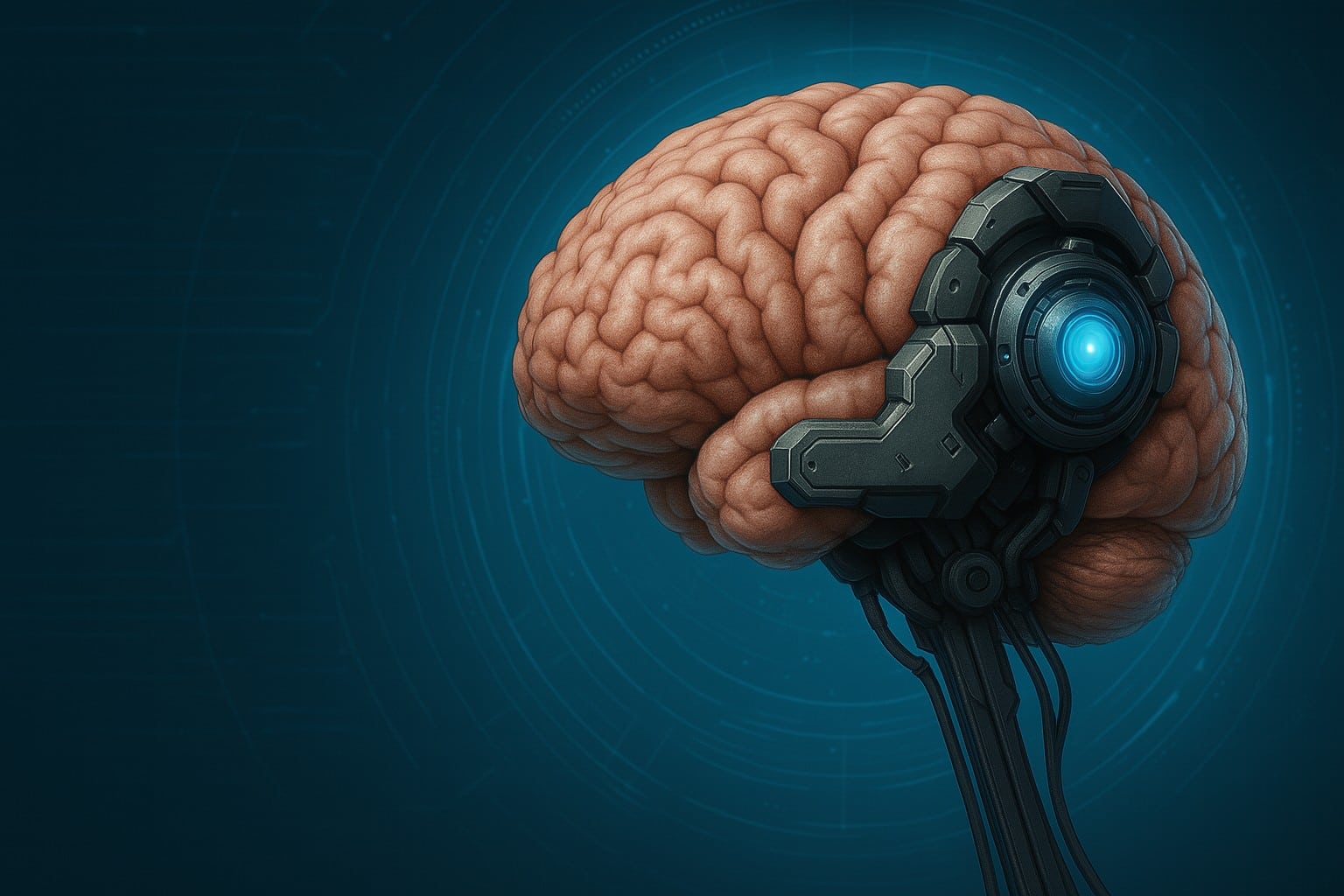Combined Hormone Replacement: Solution or Sabotage?

My journey with hormone therapy started in 2002, as an intern pharmacist at Valley Drug and Compounding—the same year the Women’s Health Initiative (WHI) came to a screeching halt. I still remember the chaos. Patients were panicked. The pharmacists I worked with, Ralph and Irving, rushed to explain that the hormones they were taking weren’t the ones making headlines. These were compounded, bioidentical, and structurally identical to what the human body makes—not the synthetic equine estrogens and progestins used in the WHI.
That moment sparked a lifelong conversation I’ve had with both patients and providers: What makes a hormone “synthetic”? What does “bioidentical” really mean? And why does molecular structure matter?
Even as I began practicing, I’d hear providers call equine estrogens “natural”—technically true, but deeply misleading. You understand better than most, that these are not human hormones and they don’t fully engage human receptors the way our own estrogens do. That structural mismatch matters—for both safety and outcomes.
Since then, we’ve made meaningful progress. More clinicians are choosing human-identical hormones—a major step forward for patient safety and individualized care. But as our understanding deepens, we’ve learned that structure alone isn’t enough. Timing and delivery patterns matter too—often just as much.
It’s not only about starting estrogen within the “10-year window.” What matters just as much—if not more—is how closely we replicate the body’s natural hormonal production patterns where progesterone is nearly absent for roughly half the month. Yet in practice, many therapies still default to continuous combined estrogen and progestogen, primarily to eliminate monthly bleeding.
While this approach has practical benefits, emerging data suggests it may also carry long-term risks—particularly related to cognitive health. If our goal is to support both symptom relief and lifelong well-being, it’s worth re-examining how closely our protocols align with physiology.
The complex relationship between hormonal fluctuations and the development of Alzheimer’s disease (AD) in women has gained increasing attention, particularly in the context of hormone replacement therapy (HRT) during and after menopause. One of the key aspects of this relationship is the differential impact of continuous versus cyclic progesterone regimens on estradiol (E2) and the accumulation of beta-amyloid (Aβ) plaques — a hallmark of AD pathology.
Estrogen, especially E2, plays a critical neuroprotective role in the female brain. It promotes synaptic plasticity1,2,15, supports mitochondrial function3, reduces oxidative stress4, and regulates inflammatory pathways5. Menopause-induced estrogen depletion is associated with increased risk of cognitive decline and AD6-9, and the timing and formulation of HRT appear to strongly influence outcomes.
However, the role of progesterone as an adjunct to estradiol therapy is far more nuanced than previously thought. Traditionally added to protect the endometrium from unopposed estrogen, progesterone’s effects in the central nervous system are complex — and not uniformly beneficial.
Preclinical studies reveal that continuous exposure to progesterone may attenuate or even negate the beneficial effects of estradiol on the brain.10 In particular, continuous progesterone has been shown to blunt estradiol-induced reductions in Aβ accumulation, potentially undermining one of estrogen’s most important neuroprotective mechanisms. This may be due to downregulation of estrogen receptors, interference with estrogen signaling cascades, or modulation of enzymes involved in amyloid precursor protein (APP) processing.10-12
In contrast, cyclic progesterone regimens appear to offer a synergistic benefit. Experimental data indicate that cyclic administration of progesterone — mimicking the natural luteal phase of the menstrual cycle — can enhance estradiol’s neuroprotective effects and independently reduce Aβ burden.10,12,13 This suggests that the pattern of hormone delivery may be just as important as the hormones themselves.
These findings point to a critical therapeutic insight: the neuroprotective potential of estradiol may be optimized when paired with cyclic, rather than continuous, progesterone exposure. This has significant implications for the design of HRT protocols aimed not only at alleviating menopausal symptoms but also at preserving long-term cognitive function and potentially reducing Alzheimer’s risk.
This is particularly relevant for women who carry the APOE4 gene variant—one of the strongest genetic risk factors for late-onset Alzheimer’s. Women with APOE4 are more susceptible to the effects of estrogen loss and may experience faster cognitive decline than men with the same genotype.14 Estrogen plays a key role in regulating brain metabolism, synaptic function, and Aβ clearance—processes that are especially vulnerable in APOE4 carriers. Hormone replacement therapy, when appropriately timed and formulated, may help mitigate this risk. In particular, cyclic HRT regimens that reflect the body’s natural hormone rhythms may offer cognitive protection for APOE4-positive women by enhancing mitochondrial function, reducing neuroinflammation, and supporting healthy estrogen signaling in the brain. This underscores the growing need for personalized, cycle-aware approaches to hormone therapy—especially in women at heightened genetic risk.
As our understanding deepens around how hormone delivery patterns shape neuroprotection—especially in women with genetic vulnerabilities like APOE4—an essential question emerges:
Could the convenience of continuous combined HRT be coming at the cost of long-term cognitive and systemic health?
Whether you're new to compounding or looking to refine your clinical approach, our pharmacist-led trainings are designed to support your success. Explore advanced protocols, get hands-on with real case studies, and learn how to optimize outcomes with personalized therapies.


